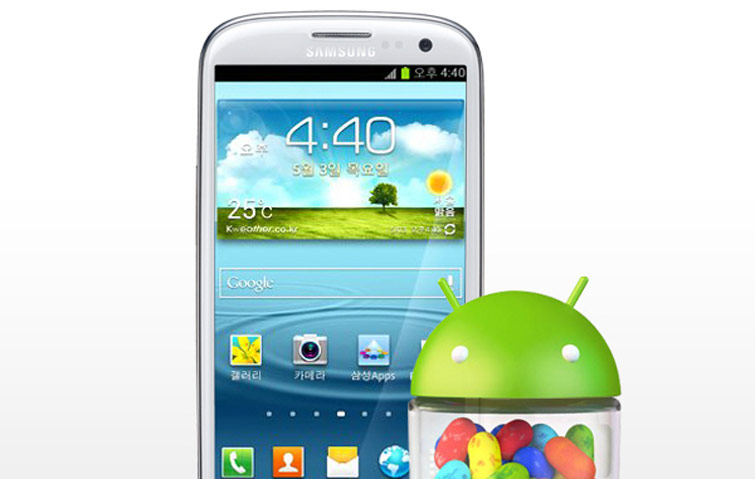
Both phones are incredibly hot sellers, of course, and that’s driving tremendous usage growth as well
[aditude-amp id="flyingcarpet" targeting='{"env":"staging","page_type":"article","post_id":623064,"post_type":"story","post_chan":"none","tags":null,"ai":false,"category":"none","all_categories":"business,mobile,","session":"D"}']“Both iPhone 5 and Samsung Galaxy S III have doubled web traffic share since October,” an analyst from advertising and analytics company Chitika said.
But with its many other devices, Samsung has held a commanding sales lead over Apple for quite some time, selling almost 400 million phones in 2012 to Apple’s 136 million. In turn, Apple has held a commanding lead in web usage share: people actually using its devices to surf the mobile web.
AI Weekly
The must-read newsletter for AI and Big Data industry written by Khari Johnson, Kyle Wiggers, and Seth Colaner.
Included with VentureBeat Insider and VentureBeat VIP memberships.
Now, even though Apple led fourth quarter smartphone sales in the U.S., that’s starting to change.
And so is Apple’s overall lead.
Devices from both companies generate over 60 percent of all smartphone web traffic in North America, and Apple’s share has dropped slightly from 46 percent in October to 41.5 percent in February. Meanwhile, Samsung’s has bumped up from 17 percent to 20.6 percent.
Why?
When I talked to Chitika’s Gabriel Donnini about the last study, he said that it was a factor of both who was using those phones and the user-friendliness of the devices. In other words: Android users skewed older, and Android wasn’t as user-friendly as iPhone. But the changes in the current numbers seem to indicate that those differences are disappearing, and that Samsung’s global sales lead is having an effect on smartphone web use share.
[aditude-amp id="medium1" targeting='{"env":"staging","page_type":"article","post_id":623064,"post_type":"story","post_chan":"none","tags":null,"ai":false,"category":"none","all_categories":"business,mobile,","session":"D"}']
I asked the company if they could identify whether that was caused by more S III devices being on the market, or by existing S III owners using them more to surf the web, but the company does not track individual users and so does not collect that data.
photo credit: samsungtomorrow via photopin cc
VentureBeat's mission is to be a digital town square for technical decision-makers to gain knowledge about transformative enterprise technology and transact. Learn More